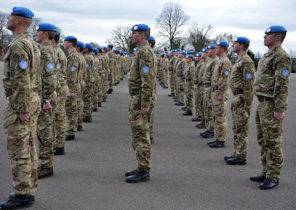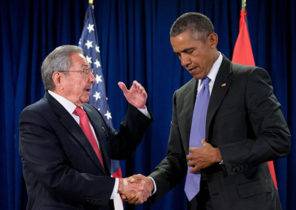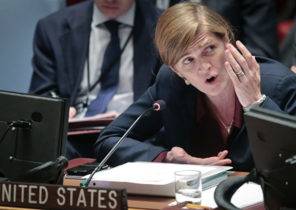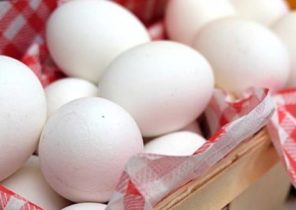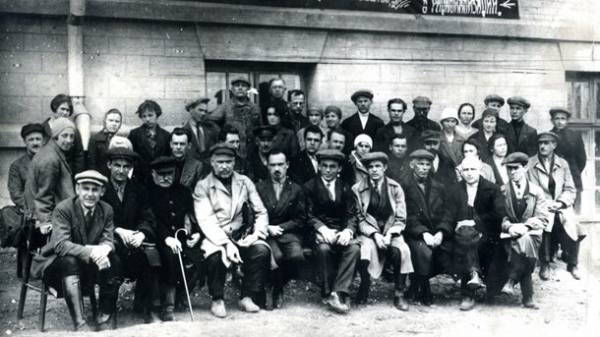
Hundreds of thousands of Ukrainian students today sit at their school desks, to learn the wisdom of science. Nowadays students twice a year, pass exams, protect the exchange of diplomas, taking advantage of the all the pleasures of information technology, but it was not always so. Once the students had to take turns over the books in the library and study materiel on pre-revolutionary textbooks and notes had to rewrite nights. “Today” figured out what was student life 100, 50 and 25 years ago, that enough scholarships (see infographic) as the ink was replaced by modern gadgets, but instead of letters and postcards native students began to send messages to the messengers.
THE BEGINNING OF THE TWENTIETH CENTURY
In pre-revolutionary years in Ukraine the number of students was calculated not hundreds, but thousands, but the knowledge in the temple of science could still get a few. At that time in universities and academies, he studied the descendants of the nobility, the military, the clergy, burghers. On the student benches almost had no children of ordinary workers or peasants. Also in higher educational institutions studying the “cream of society”: the children of kings and eminent of the nobility were often educated at home.
“Students of the early twentieth century and contemporary students were enrolled in universities in the same age. But only if you are a person 16-18 years old is considered a child, then a hundred years ago, according to the ideas of the time, it was a grown man. Then social maturity occurred earlier and in higher educational institutions studied are adults, responsible, able to make independent decisions people,” says Professor of KNU named. Karazin Sergey Kudelko. Students admitted to the University with the diploma of high school, and at technical higher education institution – document certifying completion of a secondary school. Before entering they have traditionally passed the entrance exam. After admission, the student is easily identifiable in the crowd – it was a form of University that students always wore with pride.
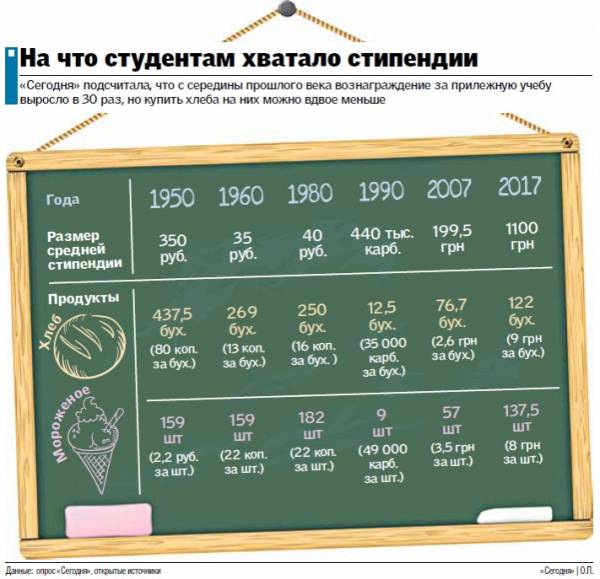
A very striking example of the pre-revolutionary higher education is the training of the Imperial Kharkov University, becoming a student could only representatives of the upper strata of society. Then, as now, among the applicants were held in high esteem the medical and legal professions. And to sit on the University bench had four to five years. “In the early twentieth century, there were four faculties: physico-mathematical, historical-philological, legal and medical. The students tried to get medical, because the medical need was then what it is now – health care and treatment of ailments is always relevant. But lawyers are massively necessary for society after the abolition of serfdom in 1861. they, for example, helped illiterate peasants in the solution of legal issues,” continues the historian.
At that time students could study at public or at private expense, diligent and talented received scholarships from the state, public organizations or patrons. The main sources of knowledge then the students had books and lectures, they spent a lot of time in libraries. Like today, the students loved to organize your leisure time, however, a hundred years ago it was about balls, dances, charity events and theatrical performances.
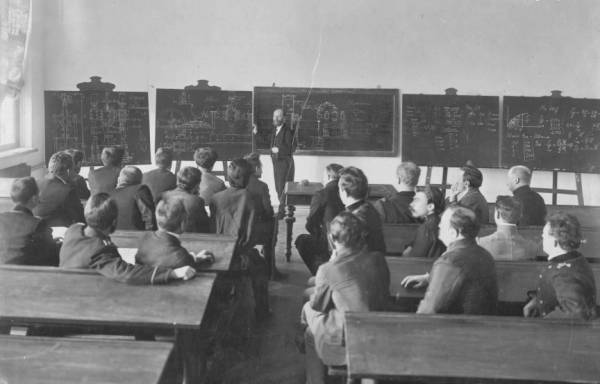
In the early twentieth century. Taught only theory. Photo: etoretro.ru
HOUSING AND PRACTICE
Students of the last century lived mainly in rented apartments, where it was easier to lead your life, because in those days the hostels was a total control and surveillance over the tenants.
As told by Sergey Kudelko, a hundred years ago students of universities like.
th young people are not refused jobs, however, then the student can not be found on rough work, it is performed simple workers and peasants. The students were arranged by teachers, Tutors, educators. “In the Newspapers of the early twentieth century you can see a huge number of ads about finding a student who could teach children to read and write,” says the history Professor.
The practice then was not, because in the summer students often rested, because in the early twentieth century, for example, in Kharkov University was still dominated by extremely “pure” academic research, and read theoretical courses. Although the specialty was that it was hard to imagine without practice: for example, geologists in the summer could go to the Caucasus to study rocks.
AFTER THE REVOLUTION
Fundamentally, the situation in universities has changed after the revolution of 1917, then, higher education became available to all, and benefits received workers, came from ordinary families and members of the party. Changed the life of the students, who began to move into the dorms, often with poor conditions. According to the memoirs of the then students, the rooms were cold and beds with tubular nets were mattresses. The curriculum has also changed – they have added practical exercises and the students were sent to farms to harvest or on construction sites.
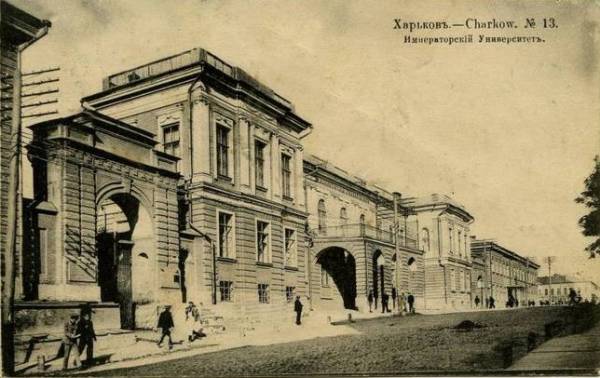
Kharkov. The Imperial University. Photo: etoretro.ru
60-E: INK AND PRACTICE IN THE GDR
Half a century ago, students already easier to establish a way of life, although still an advantage when entering received work experience and came from farms that were settled in the dorms. But learning was not easy: for information to spend hours in the reading rooms of libraries, and line up for some textbooks. “We wrote then handles that have been inked, and technical tools in the classroom used the overhead “Fly”. Practice took place in schools or summer camp,” says the graduate of the Sumy pedagogical Institute Valentine Zavadenko.
Nostalgic of my student years engineer Tatiana dobrodeeva, which in the 1970s he studied at the Kharkov engineering and construction Institute (Hesi). “In the 1950s, Stilyagi in the center of Kharkov could pants-tube to strut, and we went to practice in the GDR and in Portuguese boots could save,” – says Tatiana. Scholarship at 40 and 50 rubles then received horoshist and honors, undergraduates were paid 55. “This was enough, because the hostel only cost eight rubles a month, lunch was in the dining room, where the sausages porridge was worth 27 cents,” says dobrodeeva. To earn students hisi could stroyotryadah, where for two months on the construction of houses in the farms received 1,000 rubles. And partied at discos.
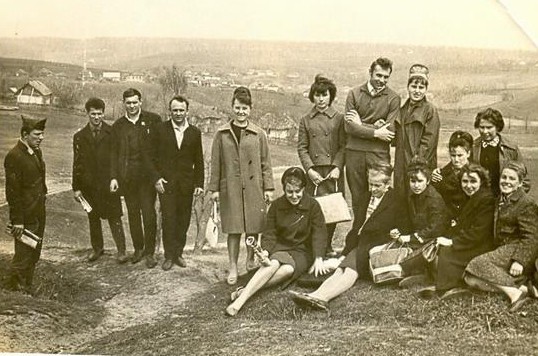
Teachers. Leisure – dancing, practice – in schools.Photo: archive of V. Shvedenko
90: MILES OF DRAWINGS, SMUGGLING AND LEARNING FOR $20
As the students lived 25-30 years ago, before independence and after, we asked famous Ukrainians. Despite the minor time frame, student life differed dramatically.
Kharkiv-witted Gleb Tymoshenko studied at the Kharkov aviation Institute in the years 1984-1992, when the applicants for admission passed the oral and written exams, and learned only at the expense of the state budget because the contracts did not yet exist. “During the study, students “puffed”. If you entered University, you have to study, pass all work, examinations, don’t skip a pair, and otherwise – deduction. During my study, there was a lot of homework. Legends that every student Khai over the years of study charted about two kilometers of the drawings,” – says Gleb.
SEE ALSO
- Grinevich explained, when the ninth-graders in Ukraine will start to take EIT
For successful studies students HAI received 55 rubles scholarships: 40 rubles an ordinary and 15 – allowance from the Ministry of aviation. Money then the students enough, because the hostel was then provided free of charge. “So I’m like Kharkov lived while training with his parents, the scholarship was my pocket money. I show off: twice a month I went to the girlfriend to Moscow, gave flowers, gifts,” – says Tymoshenko. Who wanted more money, they could additionally earn money on the Department as a laboratory assistant for 60 rubles per month. Waiters or porters the Khai students were not working — that’s just not enough time.

In the mid-90s. the Students EN masse were looking for a part-time job. Photo: Social Networks
But cultural life “haizel” raged. “We have organised holidays within the Institute – HAI Day, days of faculties, often staged discos,” says the showman. Students also went to movies, theaters, exhibitions. At that time students of universities was held labor practices, for example, picking apples in Krasnokutsk, and specialty – in the aircraft factories. The hallmark of that period was the absence of the part of foreign students.
But after independence, the students could get education in private institutions. Well-known in the world of design and fashion party of the Ukrainian art-Studio Bob Basset Sergei Petrov was one of the first commercial schools of the country Humanitarian Academy, from 1993 to 1997. According to the memoirs Petrov, the learning process in a private University at the time almost did not differ from studying in a government institution, except that it was solely on a fee basis per month of study you had to pay $20. “In the Humanities worked the same teachers as in legal. Was the same daily routine, programme and a similar number of pairs. The only difference was in the individual leased premises”, – says Sergey.
After independence, during the terrible hyperinflation state employees receive funny, even ironic scholarships, the amount of which impressed us with its zeros. However, the remuneration 440 000 karbovanets enough only for the Essentials. Students trying to survive, took any job, sometimes even illegally. “Many then worked in the field of trade, engaged in smuggling,” says the designer.
Students of the 90s also loved to relax: in addition to discos and cafes, not alien they were and theater. “Modern students are fortunate that today cultural life in Kharkov, a head taller than then. Then the concert group in the city was more exclusive than the everyday event,” says Sergey.
Summer internship the students of the middle and late ‘ 90s took place exclusively in the specialty: the collective farms and construction projects canceled. Sergei as a future lawyer one summer I practiced in the regional Department of the Ministry of internal Affairs and the other in the regional court.

IN THE WHC. Gleb Tymoshenko (second from left) started to play a student. Photo: mykharkov.info
TODAY: NOTES ON THE TABLET AND THE NETWORK
Between a contemporary and a student of the 1960s may seem, there is a big gap, but even 10 years ago, UPE and the ability to take notes on the gadget was a gimmick.
The third-year student of the Kiev national culture and arts Egor Glushchenko says that we need during training, he is looking for information on the Internet. “But I am also in the library, which usually take note, says the guy. – We are allowed to carry notes and hand on the gadget”.
The life of the student have not changed much, visitors continue to choose the economic-variant and settle in hostels, because such housing costs for the average student in the 350-450 UAH per month. However, sometimes on 18 “squares” have to get along even with family friends. Undergraduates, as before trying to get a part time job, but the dream is often not about the boots, and payment contract training. “While moonlighting as a sales assistant in a Shoe store. At this place I am satisfied with the schedule and the salary, the more employment can be easily combined with studies,” he shared a fifth-year student of journalism faculty of the Lviv natsuniversiteta them. Franco Karina Moskalenko. But the leisure of the current students are very diverse: from theatres and exhibitions to club nights.
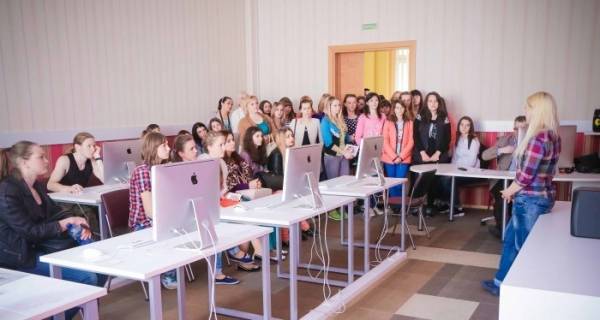
Knook. Information for classes looking for online. Photo: knukim.edu.ua
SAILORS: TRADITIONS AND FAMILY
Students of classical universities have always been different from students of specialized institutions, which typically have mastered a narrow profession. And if doctors and lawyers were trained in many universities, the sea wolves were raised everywhere. One of the oldest universities appeared in Odessa in 1898, when the first commercial school was opened by the seafaring classes. The study was not cheap, because the granite of science in small groups here gnawed the offspring of the wealthy citizens of Odessa. In 1900 the diploma of the master received only four people a year – already 16.
At the same time classes of commercial shipping became a separate institution: new school bought the British sailing ship “Grand Duchess Maria Nikolaevna” and erected a building in the form of a ship on a street Car. In the Navy an important tradition, because since the founding of here, little has changed: preserved shape and even the succession of generations, because the University has developed a dynasty of mariners. But some traditions still changed. So, now College students go to sea for practice only at the end of training and before the test of the sea was held even before entering, then to not be disappointed. But in 1931, in spite of prejudice, a boatmaster’s certificate received first in the Union, the captain of a long voyage Burt Rapoport.


